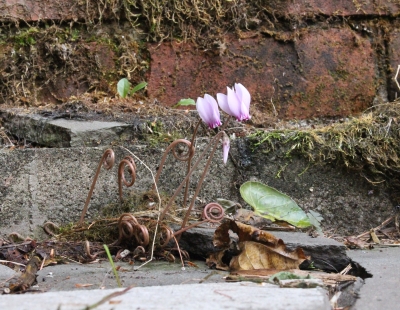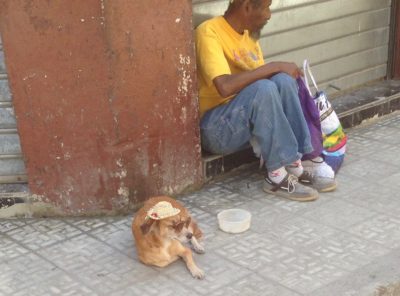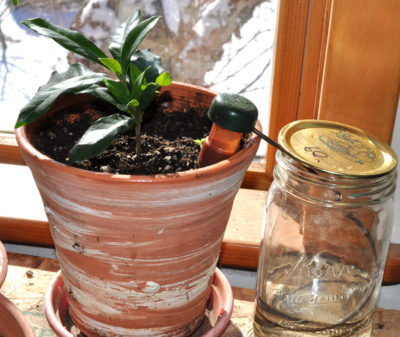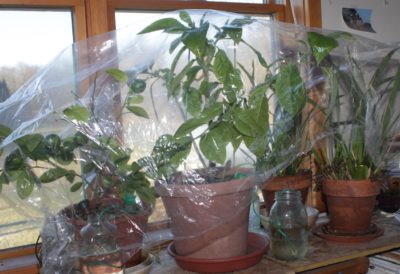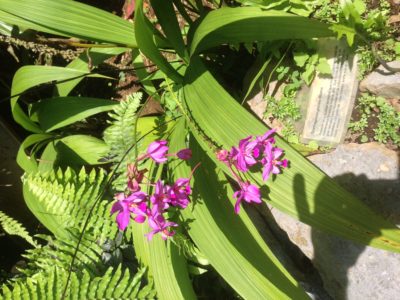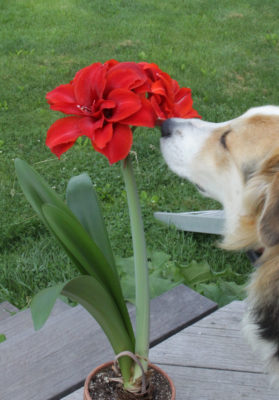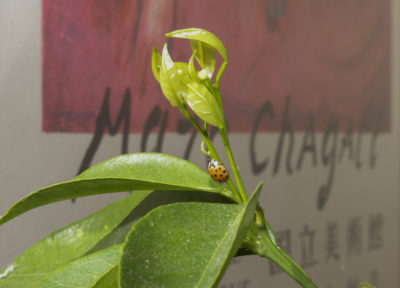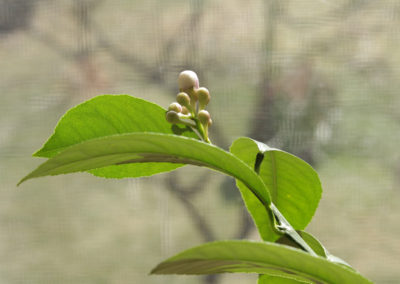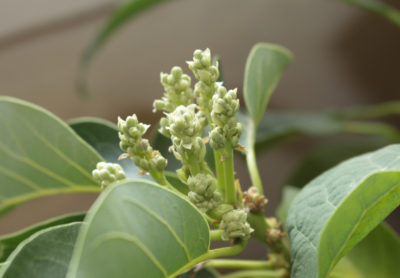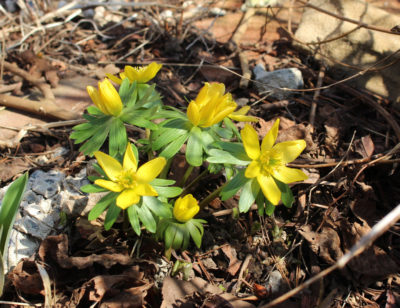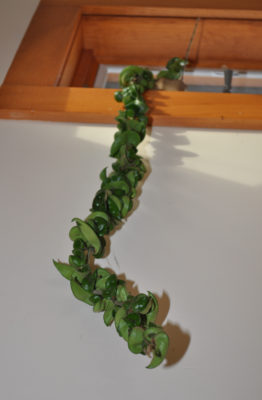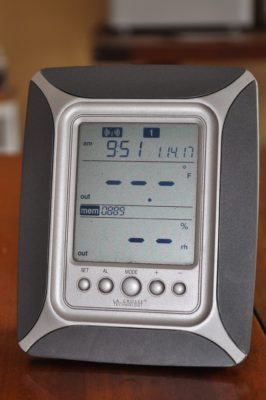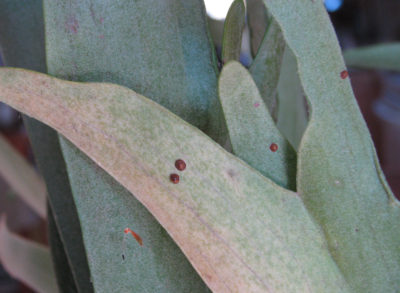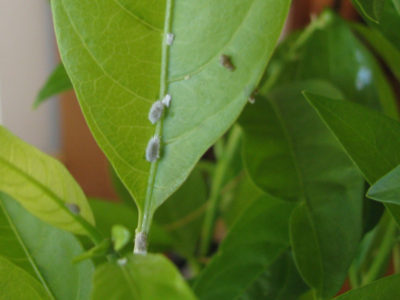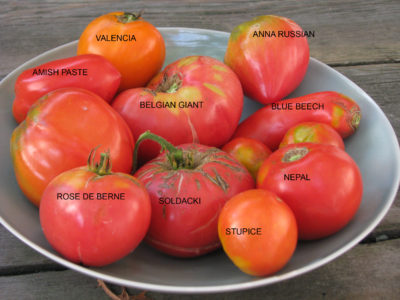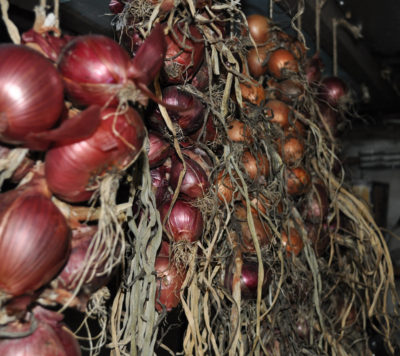Here Kitty, Kitty
To a Cat’s Delight
How does your cat like your houseplants? I don’t mean how they look. I mean for nibbling, a bad habit of some cats. Bad for them and bad for you because eating certain houseplants could sicken a cat, or worse, and, at the very least, leave the houseplant ragged.
One way to woo a feline away from houseplants would be to provide a better alternative. Now what could that be? Duh! Catnip, Nepeta cataria, a member of the mint family, admittedly not the prettiest of houseplants but, hey, you’re growing this for your cat, not yourself. (Other Nepeta species, such as N. x faasssennii and N. racemes, are less enticing to cats even if they are more attractive to us.)
Catnip is very easy to grow outdoors, and can be grown indoors through winter. The main ingredient that could be lacking in winter is light; six or more hours of sunlight beaming down on the plant through a window would be ideal. Other than that, needs are the same as most other plants: regular potting soil coupled with a watering regime that keeps said soil neither sodden nor bone dry, just moist.
Catnip plants are not hard to find. Growing from seed is easy, except the plants won’t be cat-ready for weeks and weeks.
Established plants are quick and easy to multiply so if you’ve got a friend with a potted plant, preferably overgrown so that you both benefit, you can make new plants by slicing the root ball into two or more new sections along with their above ground stems, and then repotting each of them. Or clip off stems each a few inches long, strip leaves from their bottom portions, and poke them into moist potting soil to root. Help these shocked plants or plant parts recover by keeping them in bright but indirect light for a couple of weeks — and protected from any cats!
Which brings me to perhaps the worst potential pest of your new catnip plant: cats! They’ll roll in it, releasing the strong aroma that drives them crazy, and nibble it to experience its narcotic effect. Outdoor plants tolerate such rambunctious playing; indoor plants, with less than perfect growing conditions, are more frail. You might want to limit playtimes to weekly visits.
Limiting playtimes might also keep the plant more enticing. Cats can habituate to catnip. And even then, only about fifty percent of cats fall under the spell of catnip, none of them as kittens.
—————————————
No reason to limit your cat’s botanical garden to catnip. Cats also like to nibble on grasses, which can be very pretty houseplants and lack the not very popular aroma (to most humans) of catnip.
It’s not clear why cats, which are carnivores, like that nibble. Perhaps, some say, to induce vomiting to get rid of undigested animal parts. Perhaps, others say, for vitamins and minerals.
“Grasses” is a term I use quite liberally, to mean not necessarily lawn grass but any plant in the grass family. Most convenient is to just mosey over to the local health food store and purchase some whole grain such as wheat (sold as “wheat berries) or rye. Soak a batch of these seeds in water for a few hours and then sow them in potting soil in a decorative container. Depending on the temperature, green sprouts should soon appear against the dark backdrop of soil. Grasses grow quickly, given light, warmth, and sufficient, but not too much, water.
The aforementioned grasses are annuals and at some point in their growth, what with cat nibbling and aging, will start looking ragged. Have another pot ready with already sprouting grass. And so on.
The grass serves well for us humans as well as our cats to enjoy. They’re very spring-like in their appearance even if confined to only a small pot, a microcosm of what’s to come.

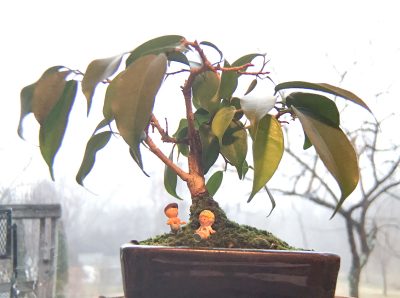 Moss carpeting the soil beneath it and creeping up the trunk complete the picture. I’ve made and am making baby ficus into a bonsai.
Moss carpeting the soil beneath it and creeping up the trunk complete the picture. I’ve made and am making baby ficus into a bonsai.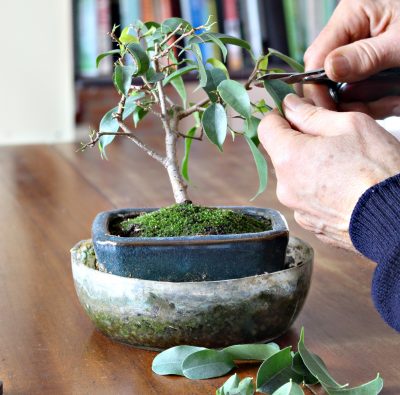 Clipping the leaves accomplishes two goals. First, plants lose water through their leaves so removing leaves reduces water loss (important in consideration of the next celebratory step).
Clipping the leaves accomplishes two goals. First, plants lose water through their leaves so removing leaves reduces water loss (important in consideration of the next celebratory step). Baby ficus gets all water and its nourishment from this amount of soil. Within 6 months or so, roots thoroughly fill the pot of soil and have extracted much of the nourishment contained within.
Baby ficus gets all water and its nourishment from this amount of soil. Within 6 months or so, roots thoroughly fill the pot of soil and have extracted much of the nourishment contained within.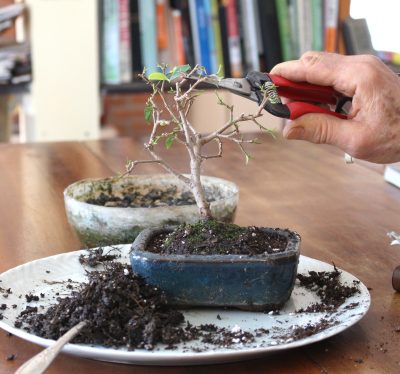 As far as science, I shorten stems where I want branching, usually just below the cut. Where I don’t want branching but want to decongest stems, I remove a stem or stems right to their base. I also remove any broken, dead, or crossing branches unless, of course, leaving them would be picturesque.
As far as science, I shorten stems where I want branching, usually just below the cut. Where I don’t want branching but want to decongest stems, I remove a stem or stems right to their base. I also remove any broken, dead, or crossing branches unless, of course, leaving them would be picturesque.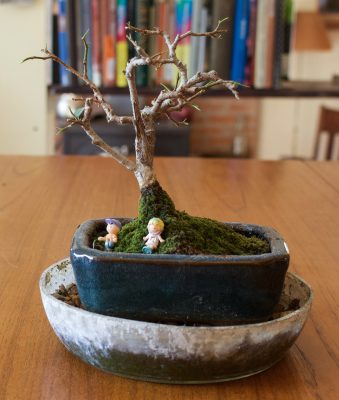
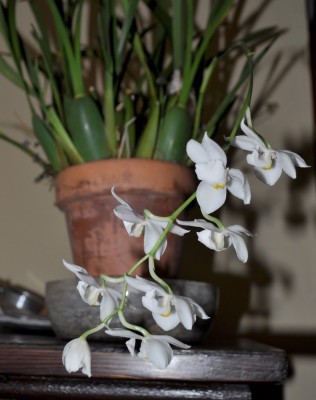 The plant spends summers outdoors in semi-shade near the north wall of my house, and winters indoors on a sunny windowsill. I water it perhaps twice a week, unless I forget.
The plant spends summers outdoors in semi-shade near the north wall of my house, and winters indoors on a sunny windowsill. I water it perhaps twice a week, unless I forget. This orchid is Dendrobium kingianum, which does go under the more user-friendly common name of pink rock orchid. I have also gotten this one to flower — but not every year.
This orchid is Dendrobium kingianum, which does go under the more user-friendly common name of pink rock orchid. I have also gotten this one to flower — but not every year.
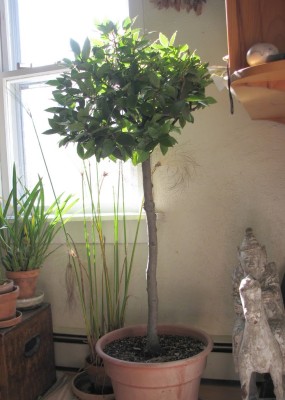
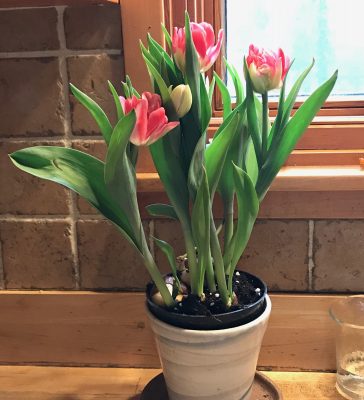
 Breeding, manipulation of their greenhouse environment, and plant growth regulators have transformed this sporadically blooming native of Mexico into a compact plant bursting into large blossoms for Christmas in foil wrapped pots.
Breeding, manipulation of their greenhouse environment, and plant growth regulators have transformed this sporadically blooming native of Mexico into a compact plant bursting into large blossoms for Christmas in foil wrapped pots.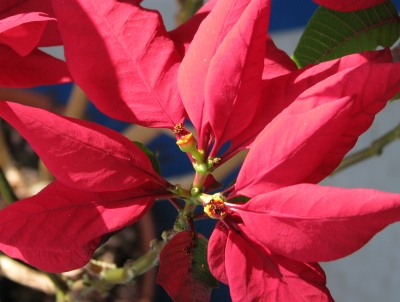
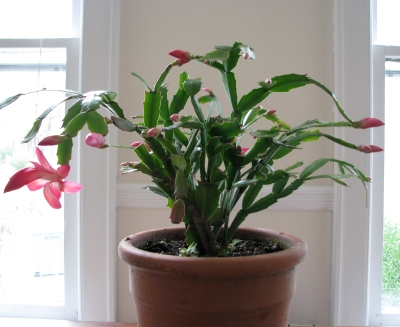 Above 60°F, temperature steps in to play a role. At room temperatures, or thereabouts, a Christmas cactus needs about the same day length as does poinsettia, except that it might not need the weeks and weeks of short days before it decides to bloom. Then again, it might wait a few weeks, to throw in another wrinkle, depending on the variety of Christmas cactus.
Above 60°F, temperature steps in to play a role. At room temperatures, or thereabouts, a Christmas cactus needs about the same day length as does poinsettia, except that it might not need the weeks and weeks of short days before it decides to bloom. Then again, it might wait a few weeks, to throw in another wrinkle, depending on the variety of Christmas cactus. This time of year, late fall going into winter, is when the plant is flowering and wants to be kept cool (preferably no higher than about 65°F.), moist (but not waterlogged), and in indirect light (which casts no more than a fuzzy shadow). Under these conditions, those butterflies can hover over the plant for weeks and weeks.
This time of year, late fall going into winter, is when the plant is flowering and wants to be kept cool (preferably no higher than about 65°F.), moist (but not waterlogged), and in indirect light (which casts no more than a fuzzy shadow). Under these conditions, those butterflies can hover over the plant for weeks and weeks.
